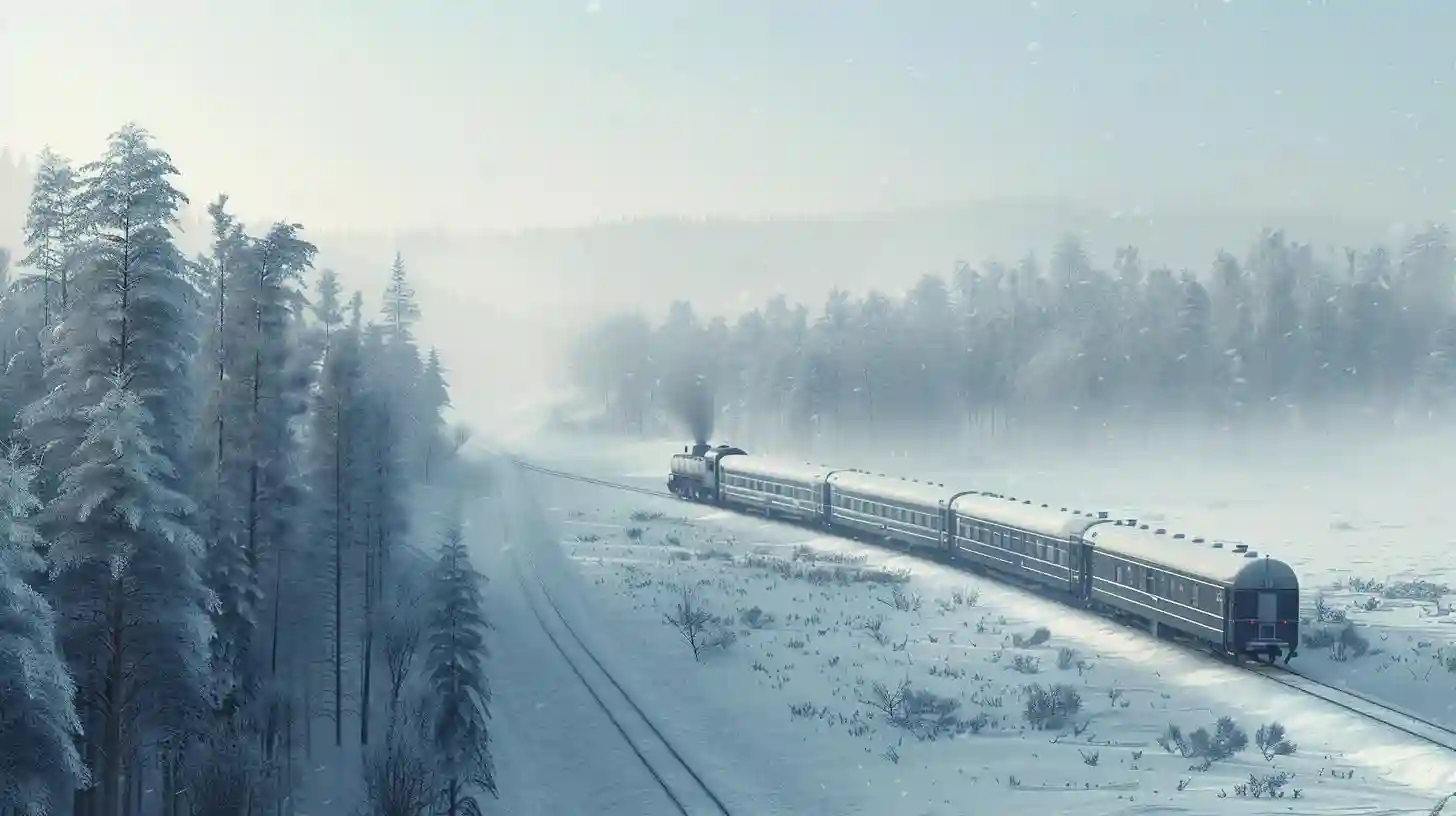
The Siberian forest is a vast and diverse ecosystem covering a large area of northern Asia. Covering an area of over 4 million square kilometres, this ancient forest is one of the largest in the world and is home to a rich diversity of plant and animal species.
One of the most iconic features of the Siberian forest is its dense coniferous forests, dominated by species such as Siberian fir, cedar and spruce. These trees provide essential habitat for a wide range of wildlife, including bears, wolves and moose. The forest is also home to many bird species, from majestic eagles to tiny warblers.
In addition to its biodiversity, the Siberian forest plays a crucial role in regulating the Earth's climate. Vast expanses of trees act as a carbon sink, absorbing large amounts of carbon dioxide from the atmosphere and helping to mitigate the effects of climate change. The forest also helps regulate regional climate conditions, playing a key role in maintaining the balance of the ecosystem.
However, the Siberian forest faces a number of threats, both natural and anthropogenic. Climate change is causing changes in temperature and precipitation patterns, which can have a significant impact on forest health. In recent years, the region has experienced more frequent and severe wildfires, which can destroy large areas of forest and threaten the wildlife that call the region home.
Human activities such as logging, mining, and infrastructure development also pose significant threats to Siberian forests. Deforestation for timber and agriculture can fragment and degrade forests, reducing the quality of wildlife habitat and disrupting ecosystem processes. Illegal logging and poaching are also a major concern, putting additional pressure on already vulnerable species.
Despite these problems, efforts are being made to protect and conserve Siberian forests. Conservation organizations and government agencies are working to create protected areas, such as national parks and wildlife refuges, to protect critical habitats and wildlife. Forest management practices are being improved to promote sustainable use of resources and prevent overexploitation.
Local communities and indigenous peoples also play a critical role in conserving Siberian forests. Many populations rely on the forest for their livelihoods and cultural identity and are actively involved in efforts to protect and sustainably manage this important ecosystem. Traditional knowledge and practices are recognized and integrated into conservation strategies, ensuring that the voices and perspectives of those who depend on the forest are heard.
The Siberian Forest is a unique and valuable ecosystem that plays a vital role in maintaining biodiversity, regulating climate and providing numerous benefits to society. Although it faces a number of threats, promising initiatives are underway to protect and preserve this important forest for future generations. By working together and taking action, we can ensure that the Siberian forest continues to thrive and be home to countless species for years to come.